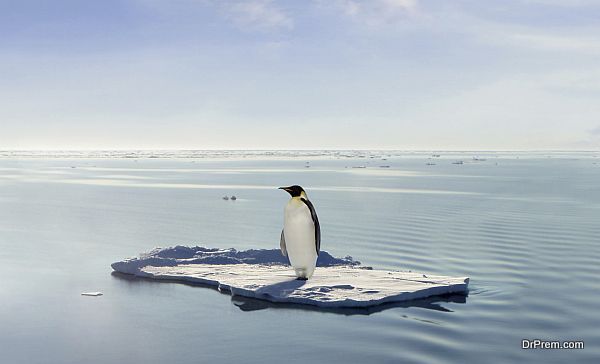A United Nations Environment Programme(UNEP) study said that melting ice and glaciers will cause severe crisis of drinking and irrigation water for up to 40 per cent of the world population.
Melting glaciers in Asia’s mountains could affect 40 per cent of the world’s population that rely on ice melt for water supply. Himalayan glaciers that feed and replenish many rivers in the Indian subcontinent are also melting quickly threatening to vanish altogether. If this happens, many rivers that provide water for irrigation and drinking will go dry causing havoc. Water flow in many rivers fed by Himalayan glacial meltdown is decreasing rapidly.
Hundreds of millions of livelihood will be affected by melting snow and ice cover as a result of global warming, the report warned.
The rising sea levels caused by global warming risk flooding low lying areas, especially countries like Bangladesh and Indonesia in Asia, affecting 145 million people.
The study warns of a range of threats that could destabilise ecosystems the world over leading to devastating consequences for hundreds of millions of people.
The melting of permafrost will further worsen the global warming by releasing huge amount of trapped methane, a very potent greenhouse gas. Methane can absorb 30-40 times more infrared rays than carbon dioxide.
To add to the problem of global warming, meltdown of ice would further speed up melting due to the heat absorbed by exposed land and sea which till now was covered by ice. Ice sheet reflects the heat away from the Earth’s atmosphere.
Global warming is the biggest challenge faced by the world. No other problem poses such severe threat to the very existence of humans along with hundreds of thousands of other species on the planet. There is no way out except acting fast to mitigate human generated emissions and other activities harming the balance of the planet’s environment.
Image Source: Phys
Source: BBC


